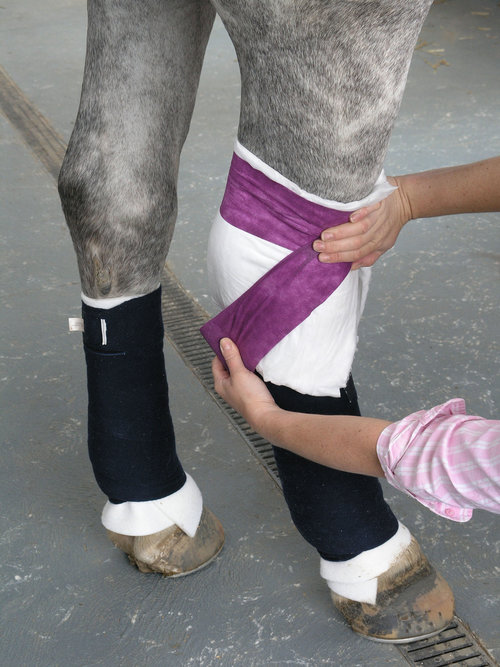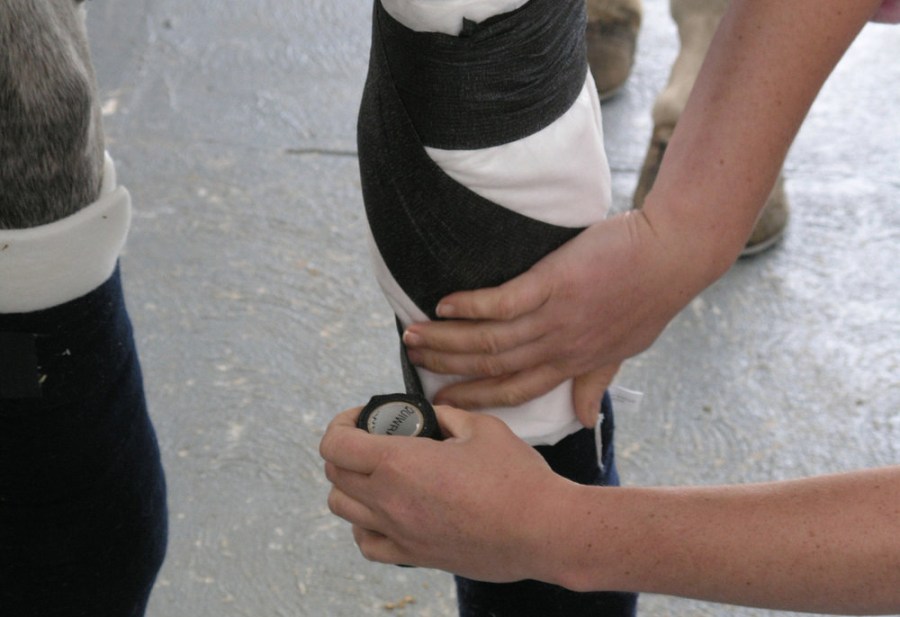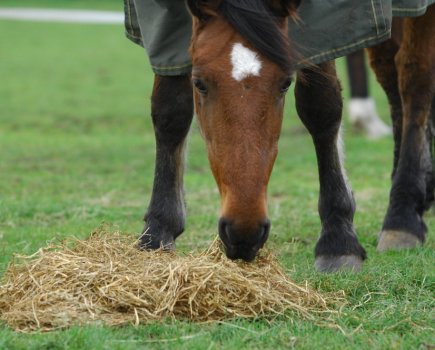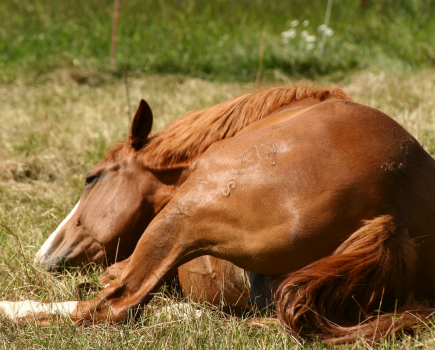Bandaging is a skill that gets better with practice, but there may be occasions when you’re required to bandage areas that are slightly more difficult to tackle, such as the knee or hock.
In these situations, it’s likely your horse will have suffered an injury and you need to protect the wound or secure a poultice in place to draw out infection.
A bandage should never restrict circulation, as this can cause serious damage and affect the healing process.
For knee or hock wounds, use a figure-of-eight bandage, crossing at the front of the knee or hock, making sure the bandage doesn’t restrict movement, unless you’re bandaging to immobilise the joint.
Bandaging your horse’s knee
The knee isn’t an easy joint to bandage, as it’s freely moveable and any bandaging needs to allow for freedom of movement.
The most sensitive part of the knee is the accessory carpal bone at the back of the knee.
If a bandage is too tight here, it’ll restrict the circulation and can cause severe problems.
A useful tip is to avoid bandaging over these areas and to cut a relief hole in the veterinary gamgee® to avoid pressure sores.
Plenty of padding around the knee is essential and the figure-of-eight method of bandaging leaves the back of the knee free from pressure and allows adequate movement.
- Start by bandaging around the top of the knee joint a couple of turns
- Go down and across front of the knee to below the knee joint
- Go around below the knee joint a couple of turns
- Cross back up and across the knee to the top of the knee joint and again around the back of the knee itself
This is your basic figure-of-eight method and can be repeated as necessary.
Always apply standard stable bandages below the knee on both legs for support and this also helps to prevent the knee bandage from slipping.

Always bandage both hind legs to provide support before bandaging either the knee or the hock
Bandaging your horse’s hock
Start by bandaging both hind legs with standard stable bandages to offer support to the hock.
The prominent bone on the inside of the hock is most vulnerable to pressure and must be avoided when bandaging.
Use plenty of padding that covers above and below the joint, using veterinary gamgee®.
- As with the knee, use a figure-of-eight method starting above the hock
- Bandage a couple of turns
- Cross down over the front of the hock to just below the joint
- Do a couple more turns and cross back up over the front of the hock to the top
Always check that the dressing and padding are in place and secure and that the sensitive points are well covered, but not tightly bandaged.
With movement, hock dressings have a tendency to slip and move. Don’t worry too much about this, just regularly check the bandage and if it needs reapplying you can bandage it again.
Knowing the anatomy of the limb will assist in effective and efficient bandaging. If you’re in any doubt about bandaging techniques you should contact your vet for advice.









